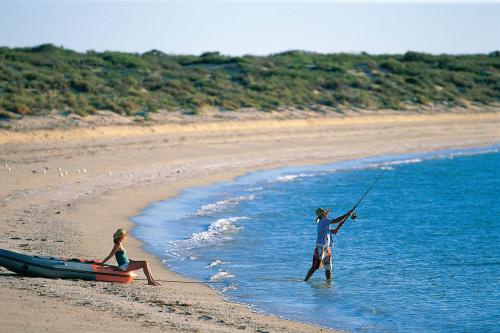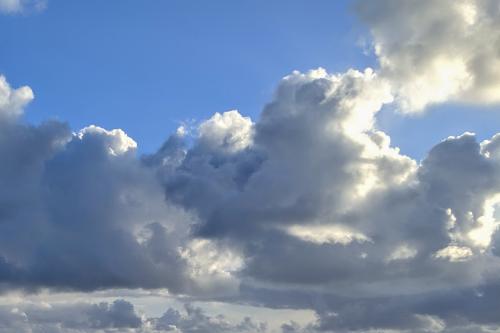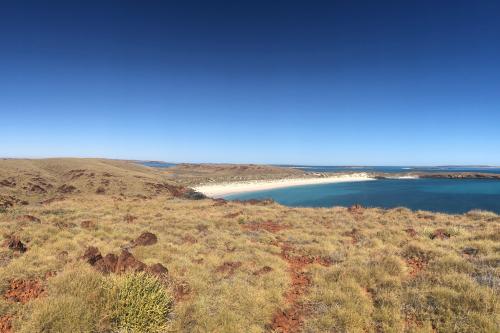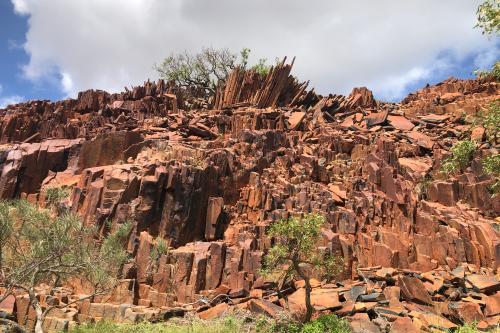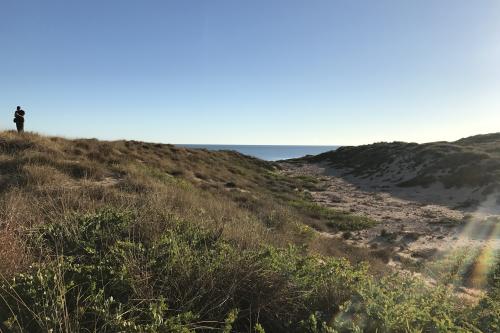About this park
Dive into a world of watery delights of the Dampier Archipelago. There are 25 reserve islands and 41 in the archipelago to be explored. The Dampier Archipelago is rich in Aboriginal culture and history. When British explorer William Dampier visited the islands in 1699, people of the Yapurrara language group occupied Murujuga (now a national park on the Burrup Peninsula) and Dampier Archipelago.
Following European settlement, their numbers declined due to disease, being kidnapped and forced to dive for pearls and, massacres. Their amazing rock engravings of turtles, fish, kangaroos and wallabies can still be seen everywhere. Neighbouring language groups have assumed responsibility for the country.
Boating and fishing here are awesome. Throw out a line and put a fish on your dish. After a freshly caught fish supper what could be better than sleeping out under the stars? Camping is permitted on some islands!
The Dampier Archipelago is teeming with marine life. Snorkel, swim, and dive through sumptuous landscapes of coral reef, sponge gardens and seagrass beds. The reserves are the richest area of biodiversity known in Western Australia! More than 650 types of fish live here.
On land, stroll and relax on the islands’ sandy beaches. Some feature steep rock piles, and mangroves. These create a haven for wildlife and offer excellent opportunities for nature appreciation. Green, loggerhead, flatback and hawksbill turtles nest on the beaches. Dugongs, dolphins, and humpback whales are often seen in surrounding waters. Rothschild’s rock-wallabies, northern quolls and water rats thrive on some islands. Migratory wading birds use the beaches and mangrove flats to feed and rest after long flights from the northern hemisphere.
Enjoy an art gallery set in stone. The Dampier Archipelago is rich in Aboriginal rock art and history. Eye-catching rock engravings of turtles, fish, kangaroos and wallabies can still be seen everywhere.
The island reserves have been divided into zones to provide a balance between conservation and recreation. Some areas are set aside for day trips and camping, while others are sensitive seabird and turtle nesting areas. Please care for the area and respect these zones.
Scroll down the page or use these links to get your copy of the Islands in the Pilbara map and Islands in the Pilbara visitor guide.
Safety information
Plan when to visit. Read this safety information about swimming, fishing, snorkelling and diving. Consider travelling with a personal location beacon (PLB). In the event you need to be rescued it could save your life!
- Public boat ramps are located at Dampier, Karratha Back Beach, Johns Creek, Point Samson, and Cossack. There are no facilities on the islands.
Western Shield - The Department of Biodiversity, Conservation and Attractions undertakes 1080 baiting at this location to reduce the impacts of feral cats and foxes on native wildlife.
Meat baits containing 1080 poison are laid in or around this area on an ongoing basis. 1080 is poisonous to humans and will kill domestic cats and dogs. Pets are not permitted in this park.
For further information contact your local Parks and Wildlife Service office or visit Western Shield.
Gallery
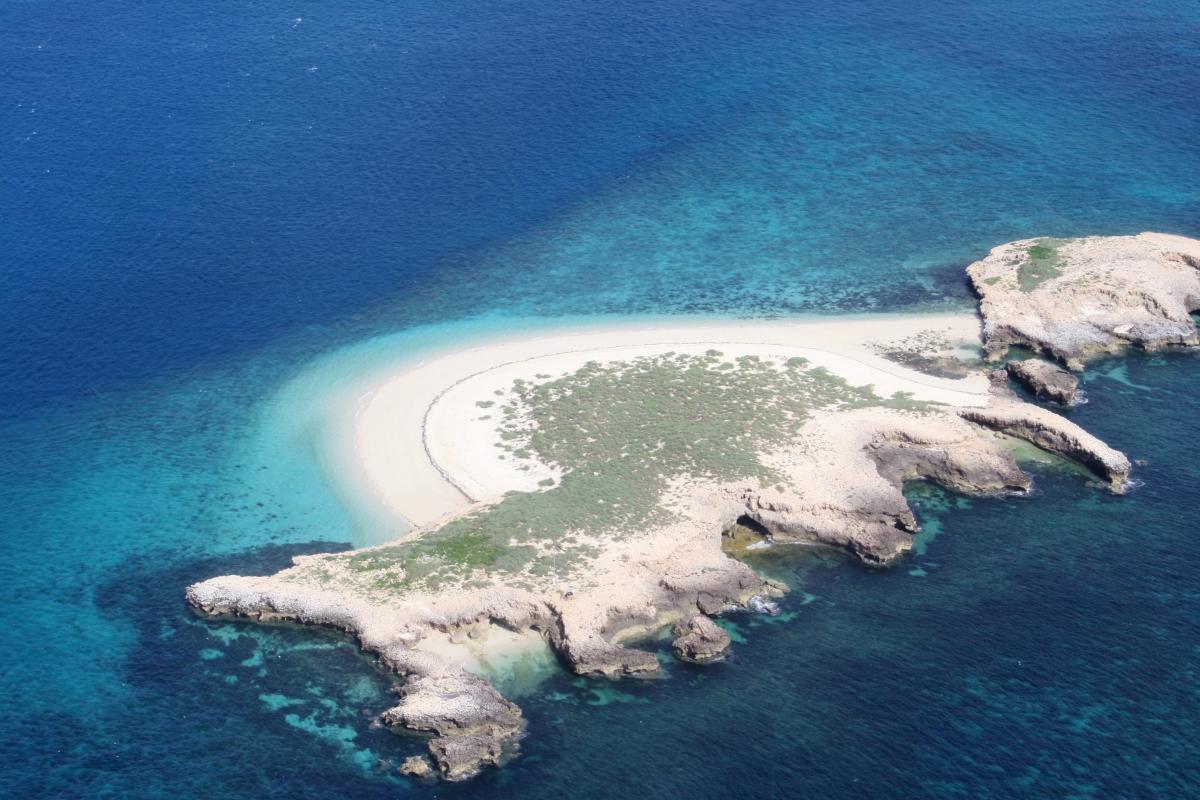
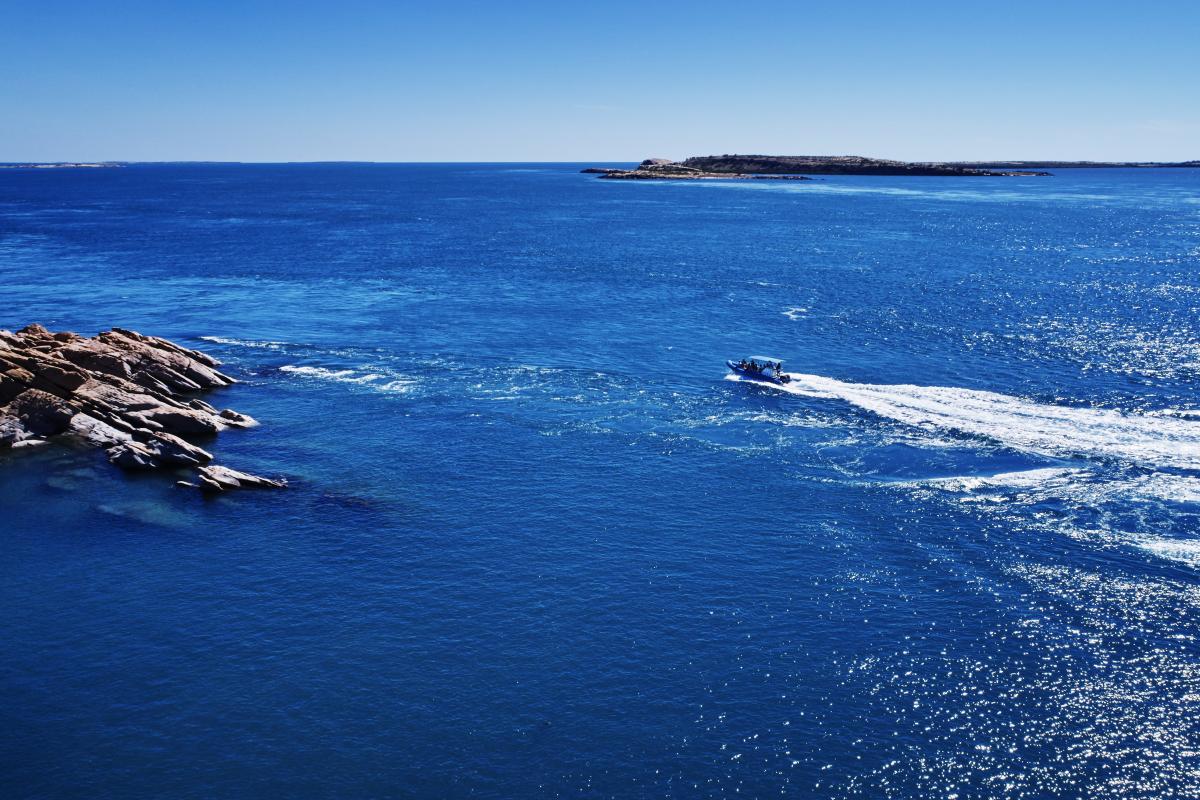
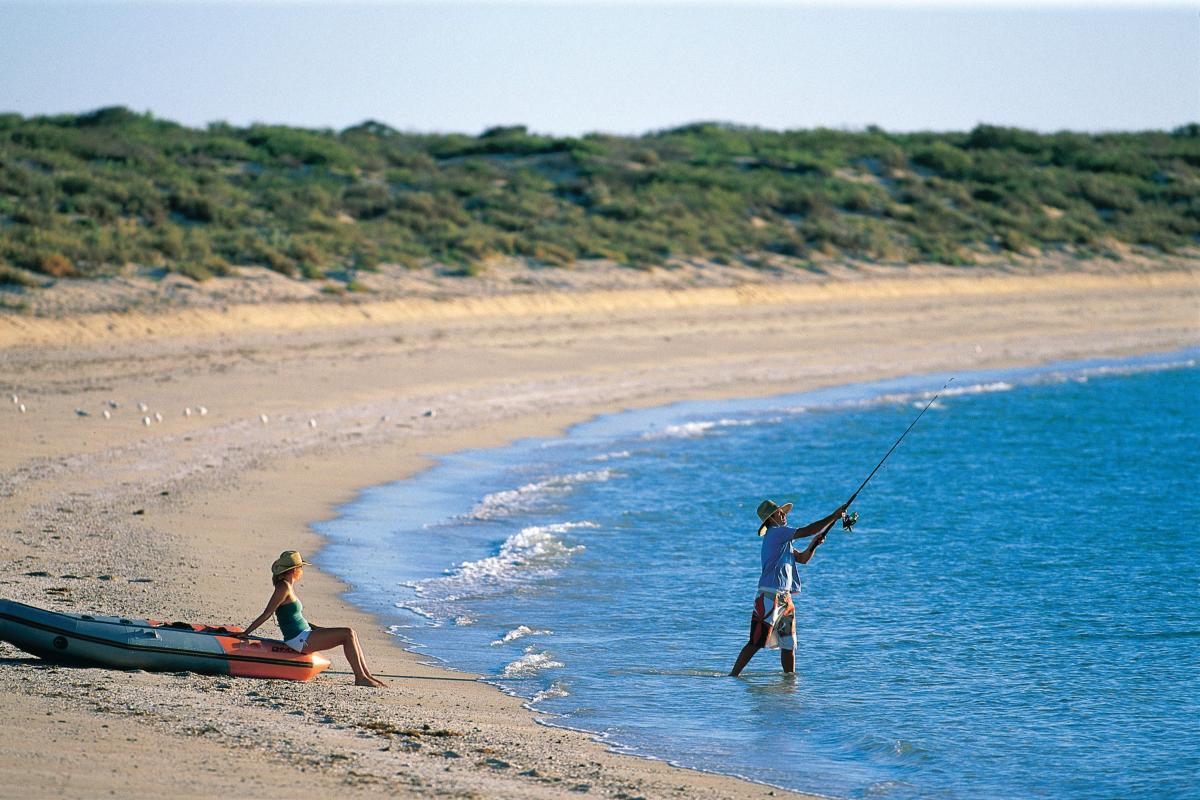
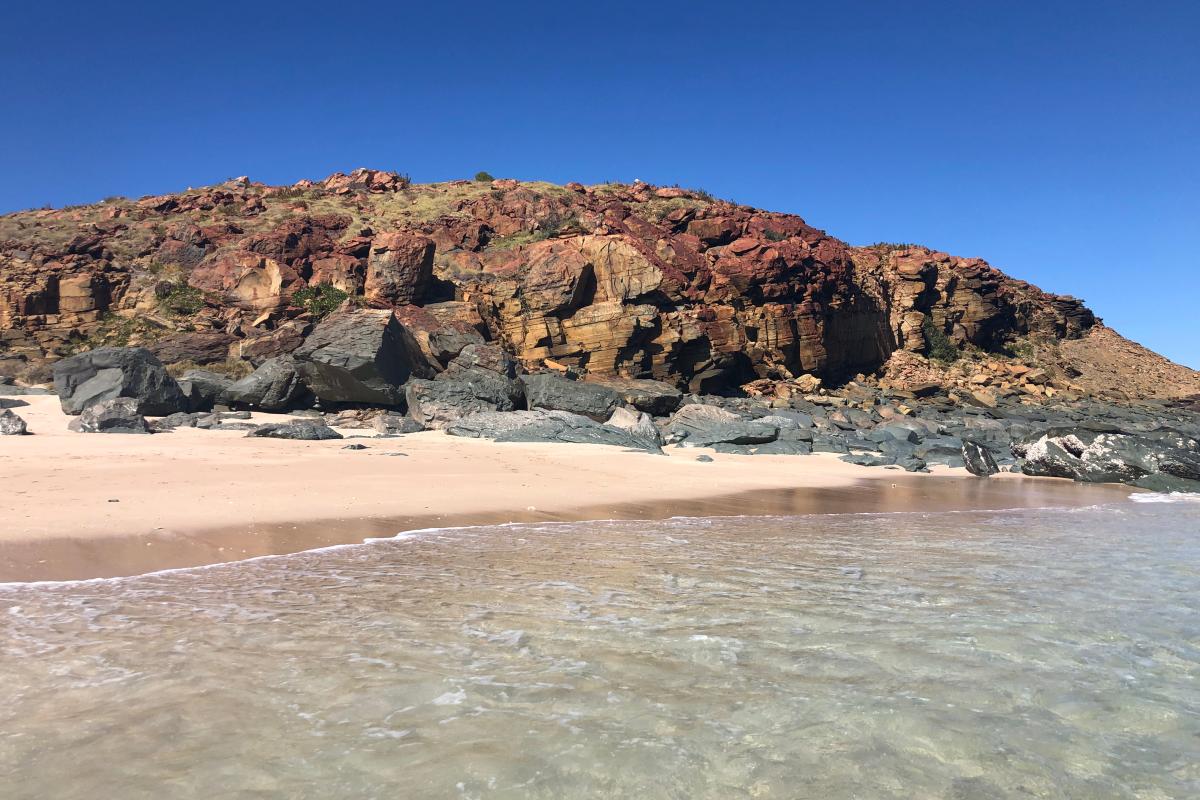
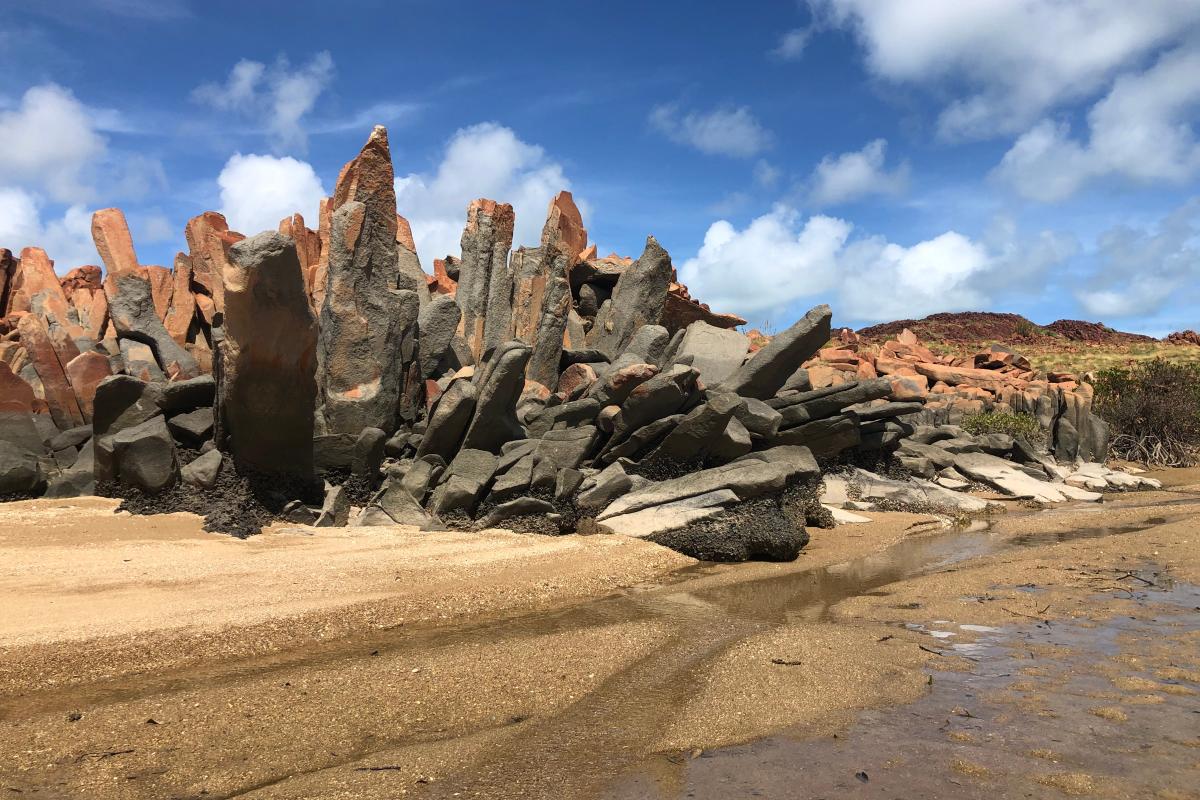
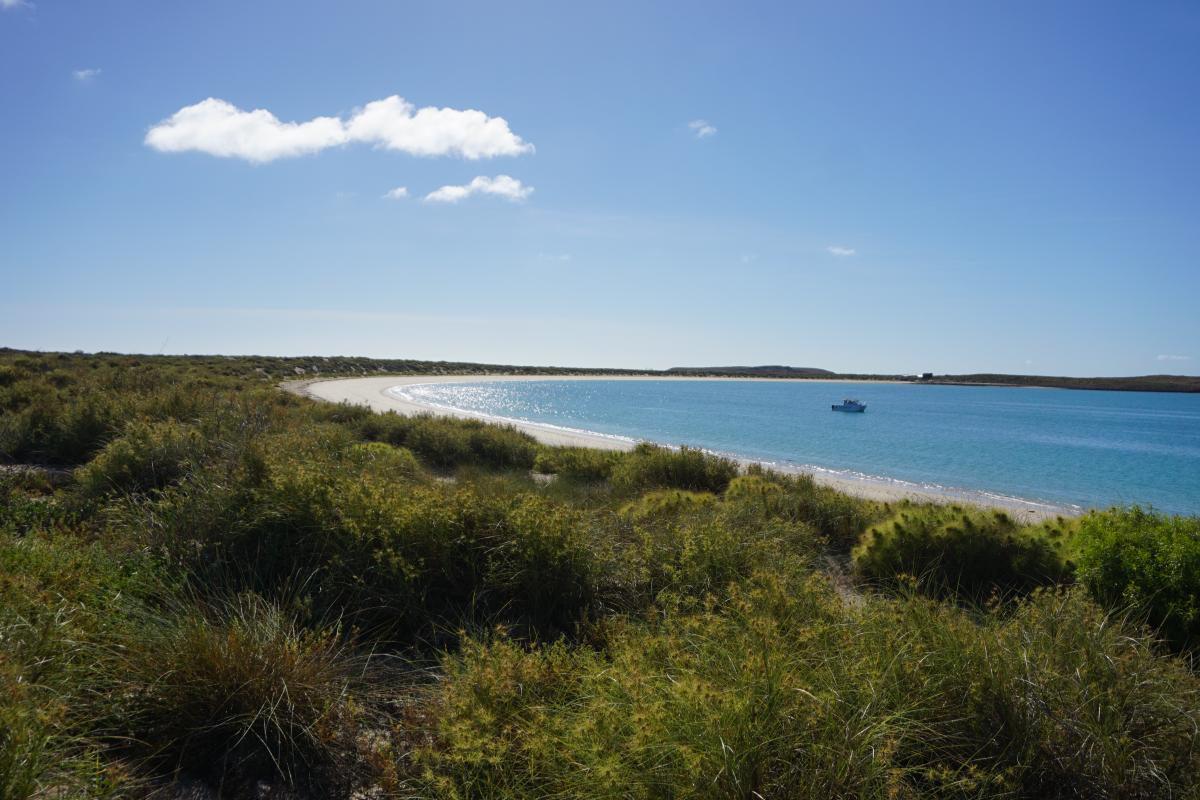

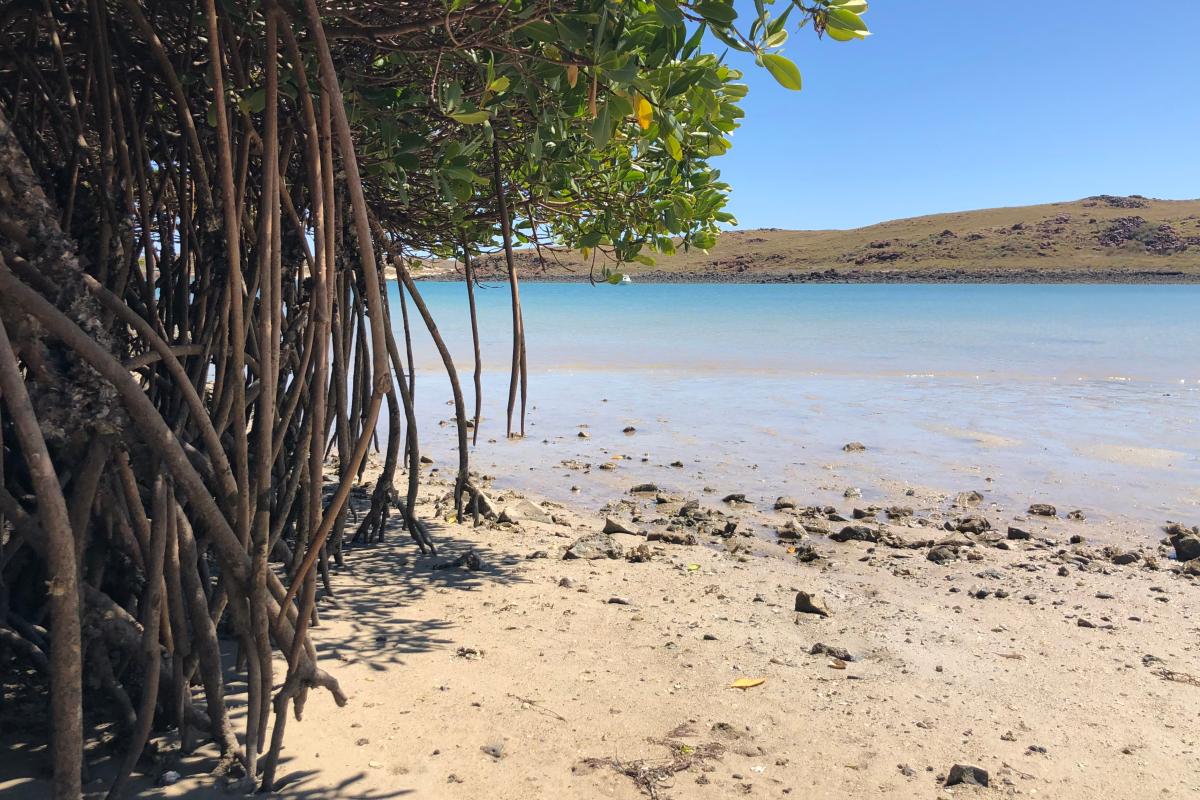

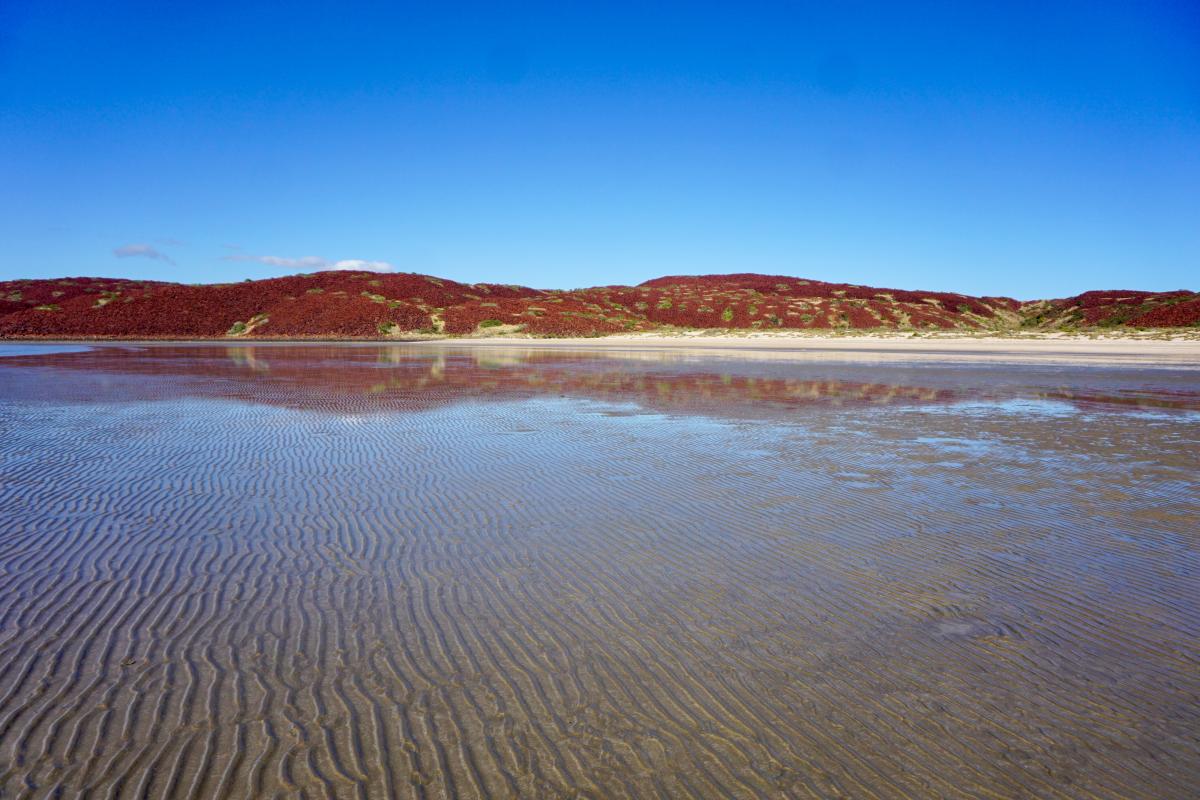
Activities
 Boating
Boating
 Camping
Camping
Camping is permitted on some of the islands, for no longer than five days, but you must be self-sufficient and take all your rubbish with you.
 Canoeing and kayaking
Canoeing and kayaking
 Fishing
Fishing
 Scuba diving
Scuba diving
 Snorkelling
Snorkelling
 Swimming
Swimming
Plants, wildlife and fungi
Visit the Atlas of Living Australia for a list of species recorded in Dampier Archipelago Island Reserves.
Traditional Owners
We recognise and acknowledge Aboriginal people as the traditional owners of Dampier Archipelago Island Reserves.
